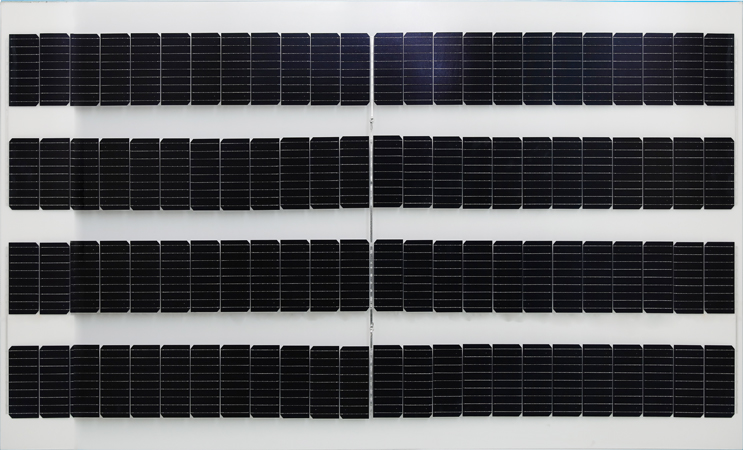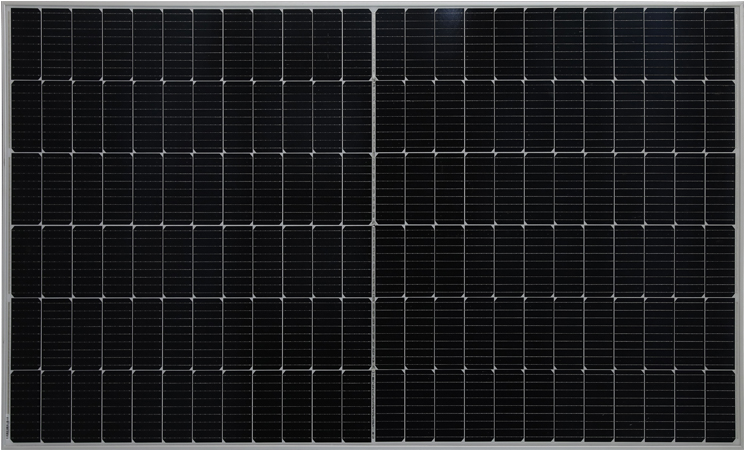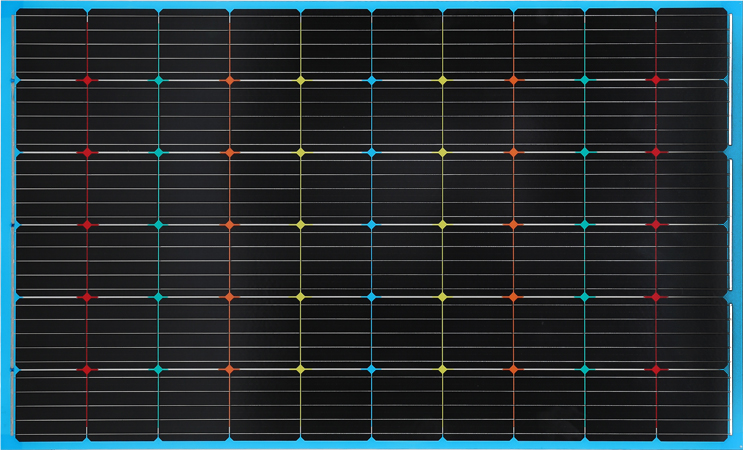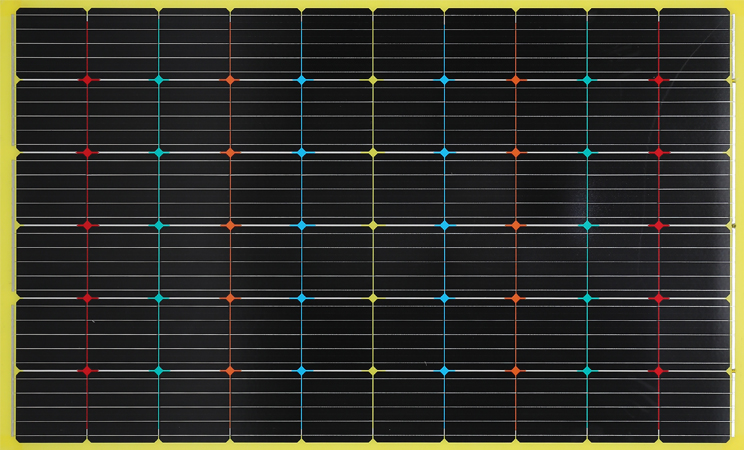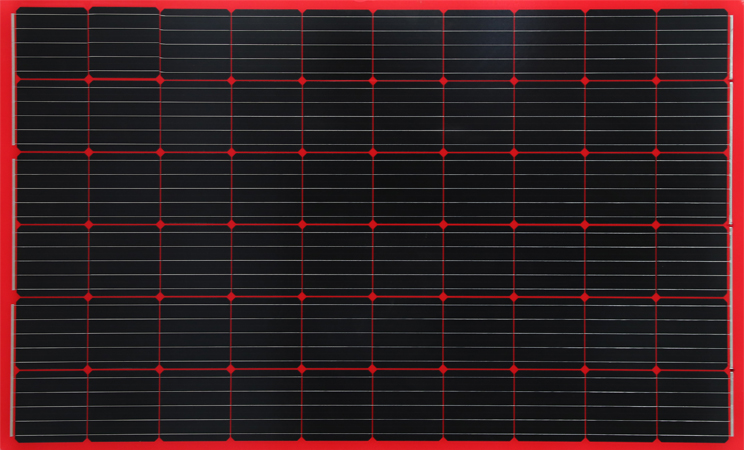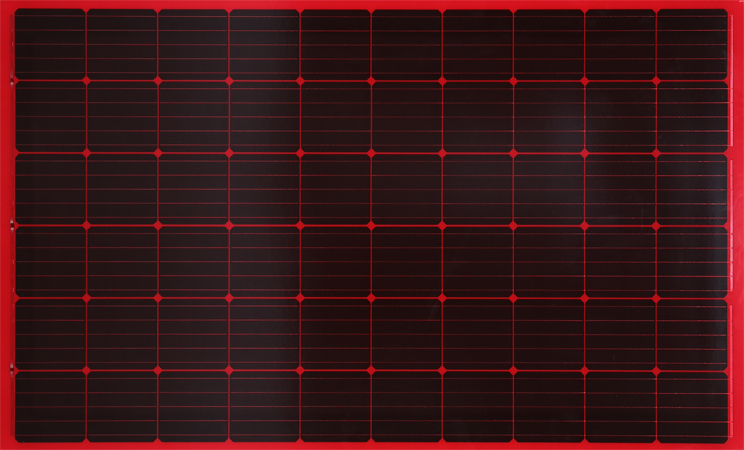Installing semitransparent BIPV modules on the facades of buildings enables natural light to enter while also producing electricity through sunlight, turning buildings from energy consumers to sustainable producers, decreasing dependence on external energy sources such as fossil fuels. But their energy efficiency can be affected by various factors including window-wall ratio, cell design performance, solar irradiation levels and shadowing effects due to nearby structures etc. It is critical that systems perform as planned under given conditions if you expect savings and energy production from BIPVs.
Researchers have studied the energy performance of BIPVs in different climatic regions, with results showing their energy efficiency varies depending on location, orientation and building configuration - architects must therefore consider all these factors when using this technology to design buildings. A numerical simulation method has been proposed to optimize energy performance under various climatic conditions so as to create more energy-efficient structures.
Numerical simulation of BIPV facades enables architects to better understand the influence of different environmental parameters on energy performance and identify ways of improving it, such as increasing yield or using more efficient technologies. Furthermore, this method also predicts their viability on specific projects.
There are various types of Building Integrated Photovoltaic (BIPVs), and their performance depends on the PV technology chosen, application type and design. Dye-sensitized solar cells and thin-film solar cells are among the most popular options, providing low manufacturing costs, reduced environmental impacts and high power conversion efficiencies that make them ideal for use in windows/facades/greenhouses or solar heating systems.
BIPVs are considered one of the most promising future energy technologies as they offer an effective means to harness abundant solar resources while decreasing our dependence on non-renewable fossil fuels. Unfortunately, they have encountered several hurdles to becoming widely adopted such as lack of awareness regarding benefits as well as increased installation and maintenance costs; regardless, this technology should become increasingly widespread over time.
This paper summarizes various studies regarding the energy performance of semi-transparent BIPVs under varying climatic conditions. Research conducted has identified key elements that influence this energy performance such as window-to-wall ratio, transmittance, solar irradiation and shading from nearby buildings on energy performance.
Additionally, they have developed a framework for energy assessment that allows architects to select the most energy-efficient semi-transparent BIPV configuration for any given location. This methodology is especially useful in urban settings where shading from neighboring buildings may have a significant effect on energy production.
